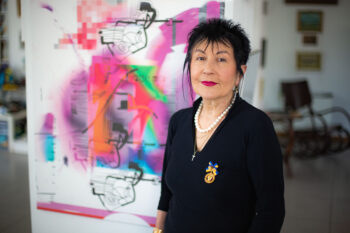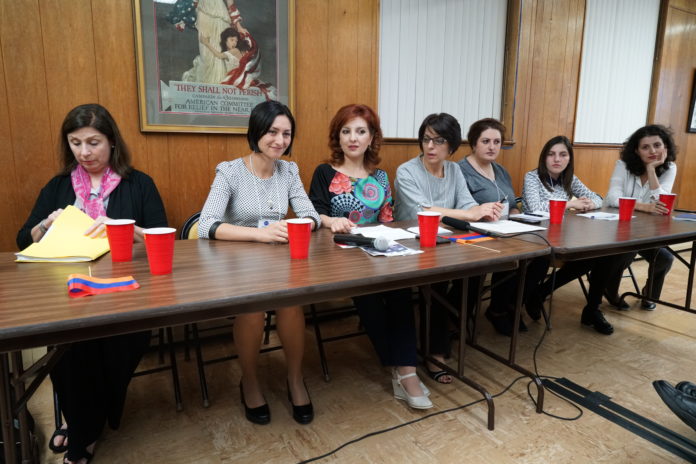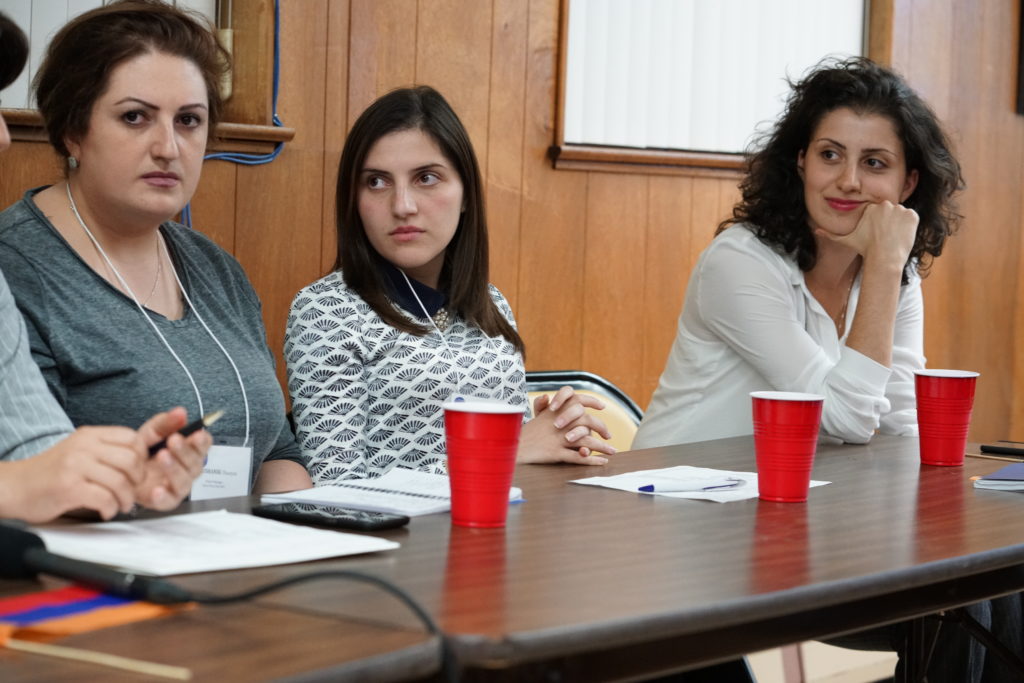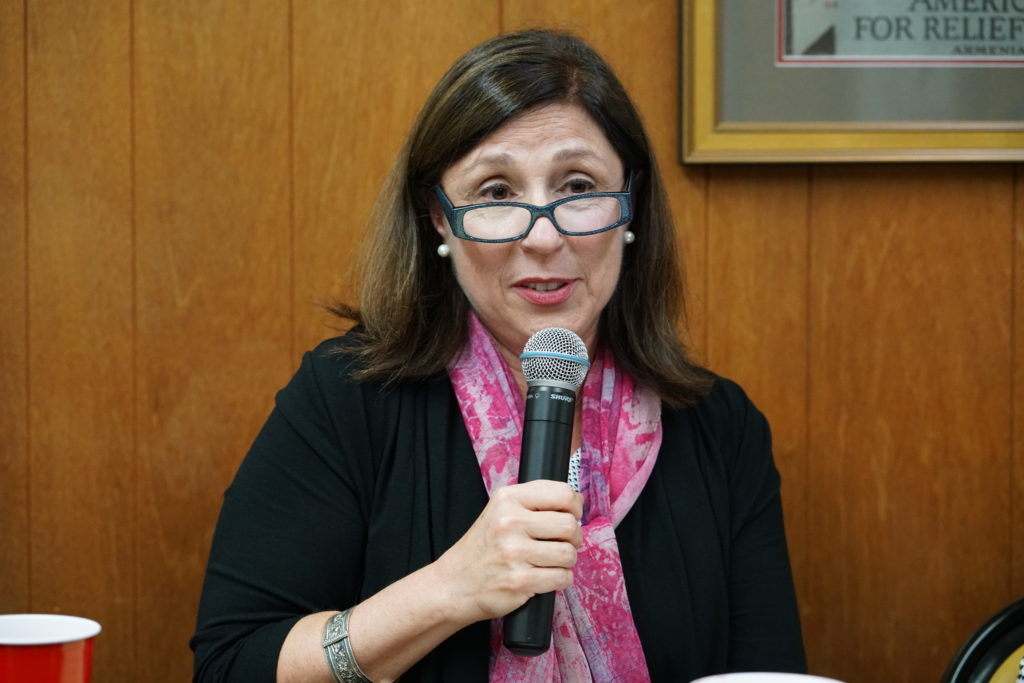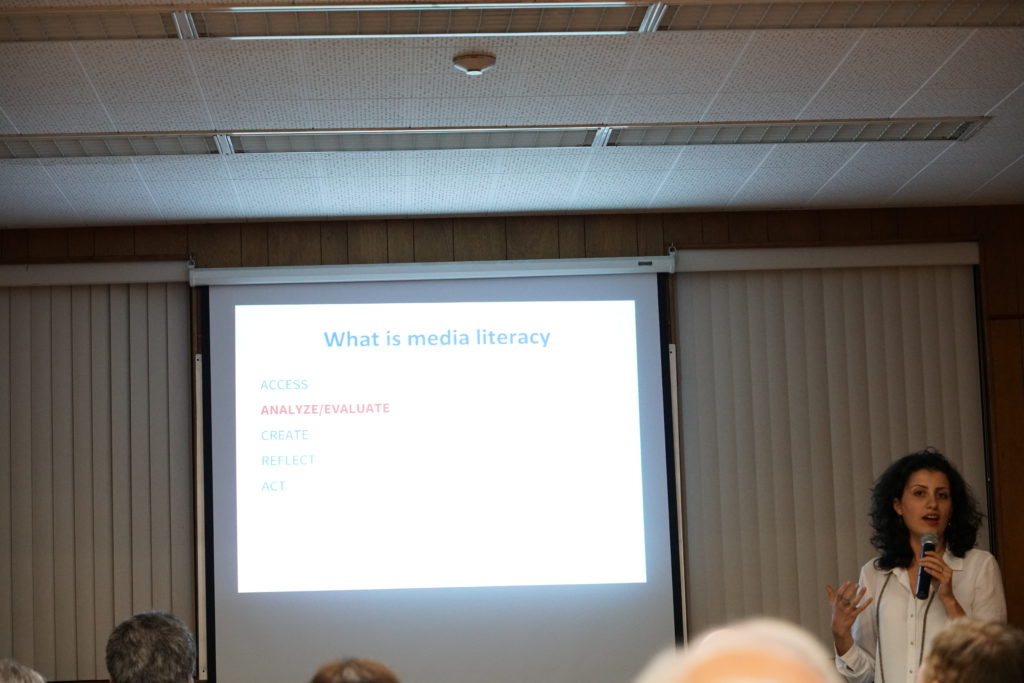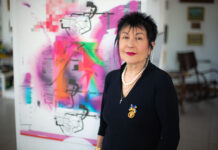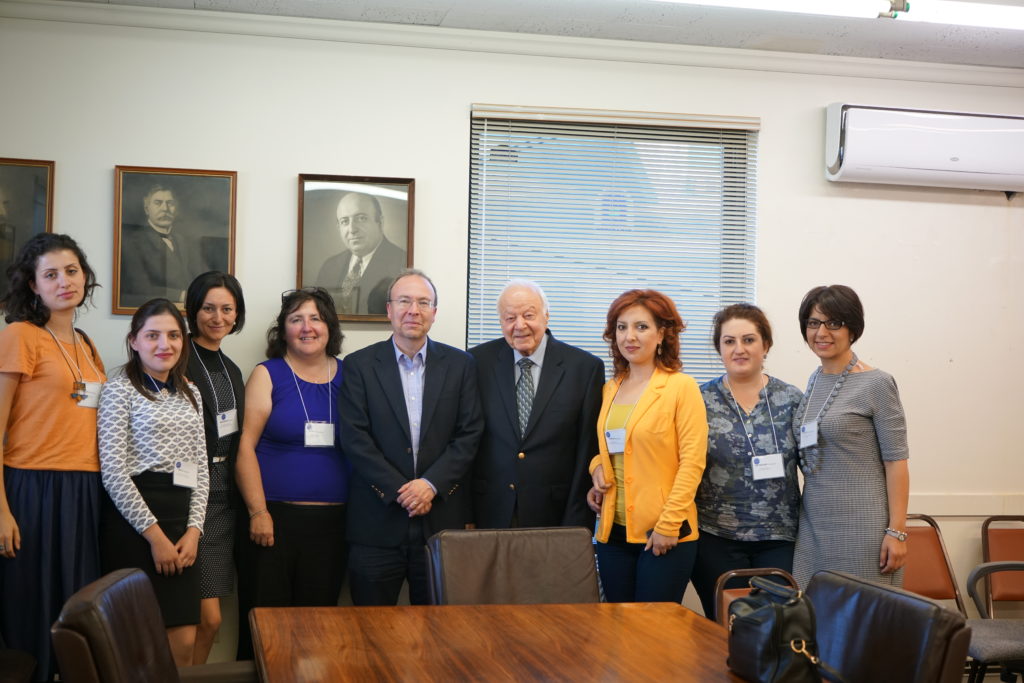BELMONT, Mass. — On October 5 a panel discussion on “Expanding Inclusion of Media Literacy in Education in Armenia: Challenges and Opportunities” showcased a delegation of Armenian educators and media specialists at the National Association for Armenian Studies and Research (NAASR) headquarters. The event was hosted by the Cambridge-Yerevan Sister City Association (CYSCA) and NAASR/Calouste Gulbenkian Foundation Lecture Series on Contemporary Armenian Issues.
After NAASR Director of Academic Affairs Marc Mamigonian welcomed the audience, and CYSCA Program Director Alisa Stepanian
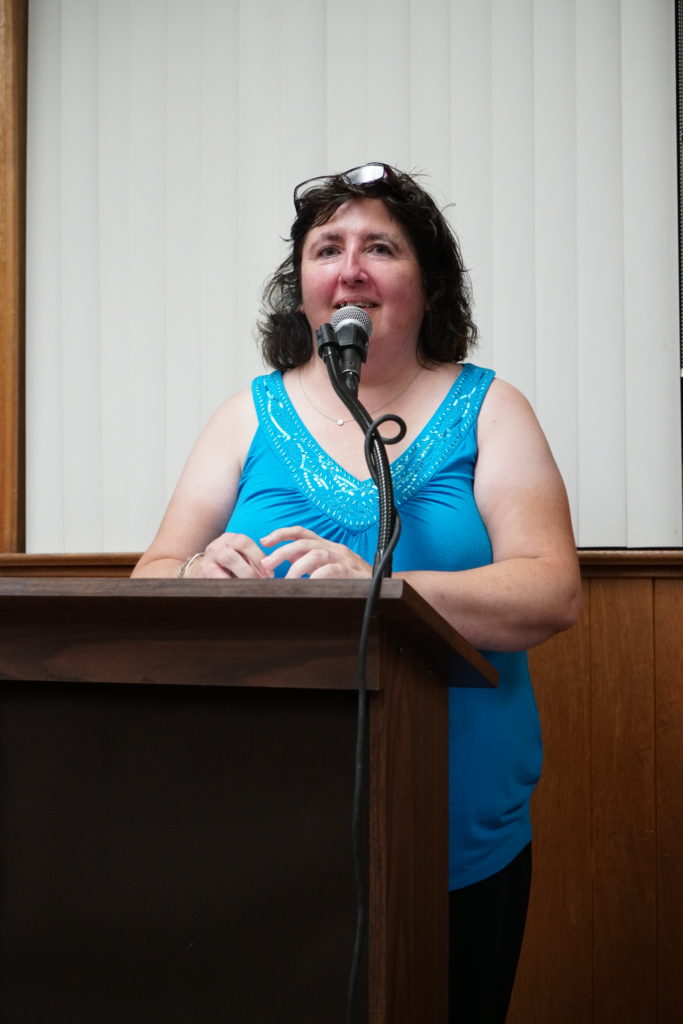
provided general information, each speaker introduced herself briefly. The five specialists from Armenia were accompanied by a facilitator, Anahit Khachatryan, who currently is also project management specialist for the United States Agency for International Development (USAID) in Armenia, and is the initiator of the US trip project. Khachatryan ably and quickly interpreted from Armenian to English for the audience, and the other way around for the panelists who were not fluent in English.
Panelist Siranush Galstyan is a smart room coordinator for the Children of Armenia Fund (COAF). The COAF smart rooms in Armenian villages are independent places providing children access to technology and training free of charge. Later in the program it was explained that some include English classes, robotics, media training and community advancement programs. There are six smart rooms in Lori province, two in Tavush province, and similar rooms hosted in schools in other provinces called creative rooms.
Armine Khloyan is a sociology teacher and the head of a robotics lab at a high school adjacent to the Yerevan State Polytechnic Institute. While this combination might seem unusual, she explained that both disciplines help students put theoretical knowledge to practice. She said, “With social studies we try to instill critical thinking, and with robotics, creative thinking.”
